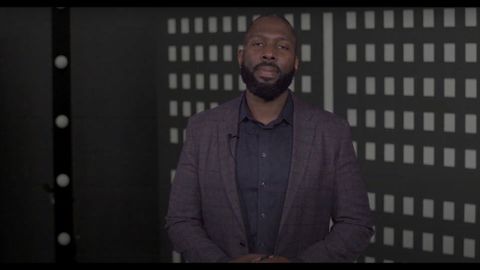
Subtitles & vocabulary
The Needs for Speed | Presented by Aaron Jefferson
00
joey joey posted on 2021/05/24Save
Video vocabulary
essentially
US /ɪˈsenʃəli/
・
UK /ɪˈsenʃəli/
- Adverb
- Basically; (said when stating the basic facts)
- Used to emphasize the basic truth or fact of a situation.
A2
More perception
US /pɚˈsɛpʃən/
・
UK /pəˈsepʃn/
- Noun (Countable/Uncountable)
- Way in which one sees or understands something
- The ability to see, hear, or become aware of something through the senses.
B1
More approach
US /əˈprəʊtʃ/
・
UK /ə'prəʊtʃ/
- Verb (Transitive/Intransitive)
- To get close to reaching something or somewhere
- To request someone to do something specific
- Noun (Countable/Uncountable)
- Means of reaching a place, often a road or path
- Request of someone with a specific goal in mind
A2TOEIC
More scenario
US /səˈner.i.oʊ/
・
UK /sɪˈnɑː.ri.əʊ/
- Noun
- An imagined sequence of events in a plan/project
B1
More Use Energy
Unlock All Vocabulary
Unlock pronunciation, explanations, and filters
